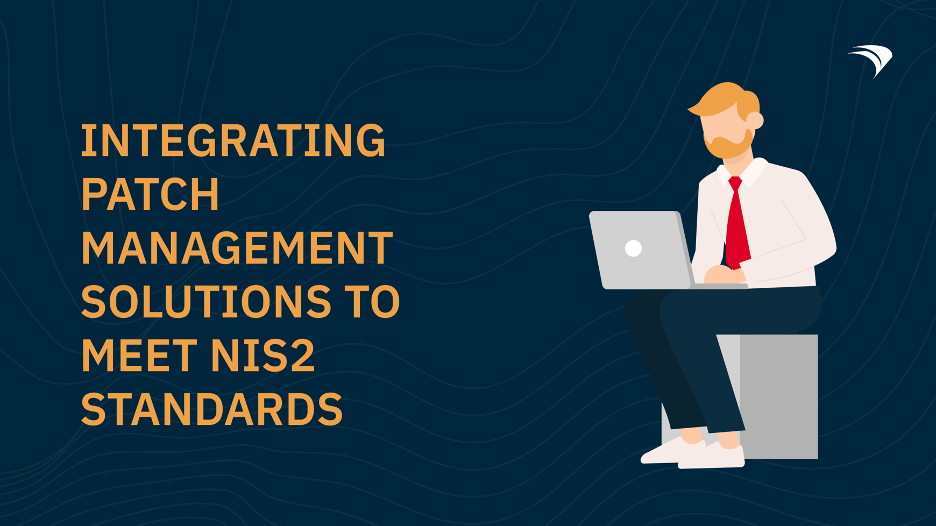The Role of Machine-Centric UEM
In today’s rapidly evolving technological landscape, IT operations face increasing complexity and demands. Unified Endpoint Management (UEM) solutions have emerged as a vital asset for organizations, streamlining the management of diverse endpoints. However, not all UEM solutions are created equal, and a machine-centric approach can significantly enhance efficiency and productivity.
Understanding Machine-Centric UEM
Machine-centric UEM refers to a management strategy where the focus is not just on the user or the device, but on how the device interacts within the broader IT ecosystem. This approach ensures that both hardware and software are optimized, improving operational performance while also maintaining robust security protocols.
1. The Integration of Data
One of the cornerstones of machine-centric UEM is the effective integration of data. By harnessing analytics and machine learning, organizations can gather insights from multiple devices and their interactions. This data-driven approach enables IT teams to make informed decisions, crafting strategies that improve device performance and user experience.
- Real-time Analytics: Continuous monitoring of device performance metrics can highlight potential issues before they escalate, ensuring smoother operations.
- Predictive Maintenance: Leveraging machine learning algorithms to predict hardware failures reduces downtime and maintenance costs.
2. Simplifying Device Management
A machine-centric UEM platform simplifies device management by centralizing control over diverse devices. IT administrators can manage all endpoints from one interface, ensuring streamlined operations and enhanced security.
- Unified Dashboard: A centralized dashboard provides an overview of device health, deployment status, and security compliance, reducing the time spent toggling between multiple management tools.
- Automated Updates: With automated system updates and software deployments, organizations can ensure that all endpoints are secure and up-to-date without manual intervention.
3. Enhancing User Experience
Machine-centric UEM not only benefits IT departments but also enhances end-user experiences. By ensuring devices are always operational and equipped with the latest software, organizations can empower their workforce.
- Self-Service Capabilities: Implementing self-service portals enables users to resolve minor issues and request software installations without needing direct IT support, promoting productivity.
- Simplified Onboarding: New devices can be pre-configured and pushed out to users, reducing the friction typically associated with onboarding.
4. Boosting Security Protocols
With rising cyber threats, security is paramount. Machine-centric UEM integrates security at every level of device management, safeguarding organizational data.
- Granular Compliance Management: UEM solutions can enforce compliance with industry regulations by applying security policies tailored to device types and user roles.
- Incident Response Automation: Automated response protocols allow for rapid containment of security incidents, minimizing potential damage.
5. Scalability and Flexibility
As organizations evolve, so do their IT needs. Machine-centric UEM provides the scalability and flexibility essential for accommodating growing technology environments.
- Multi-Device Support: Supports a variety of endpoints from desktops to mobile devices, ensuring that your UEM solution can evolve as new device types enter the workspace.
- Customizable Policies: Tailor security policies and management practices to fit specific operational needs easily.
6. Case Studies: Successful Implementations
Several organizations have successfully leveraged machine-centric UEM to revolutionize their IT operations.
- Educational Institutions: Schools using UEM have reported significant reductions in downtime and enhanced student learning experiences through effective device management and maintenance schedules.
- Healthcare Sector: A hospital network integrated machine-centric UEM to manage tablets, monitors, and heavy medical equipment efficiently, ensuring compliance and patient safety.
Conclusion
In conclusion, adopting a machine-centric UEM approach can significantly streamline IT operations by enhancing device performance, boosting user satisfaction, and fortifying security measures. By focusing on the machine’s role within the organizational ecosystem, companies can align their IT strategies with broader organizational goals and ensure that their technology investments yield maximum returns. Are you ready to step into the future of IT operations?





